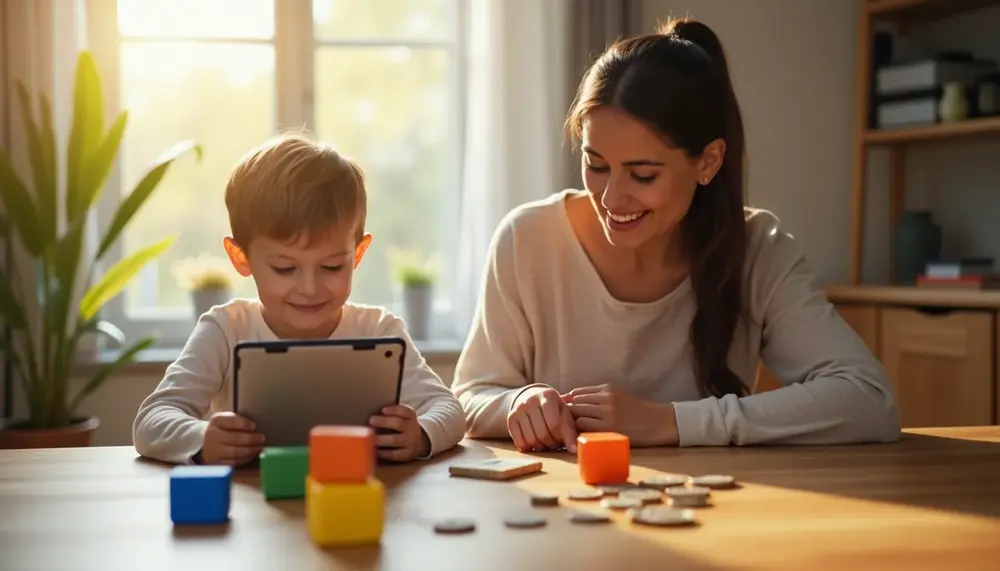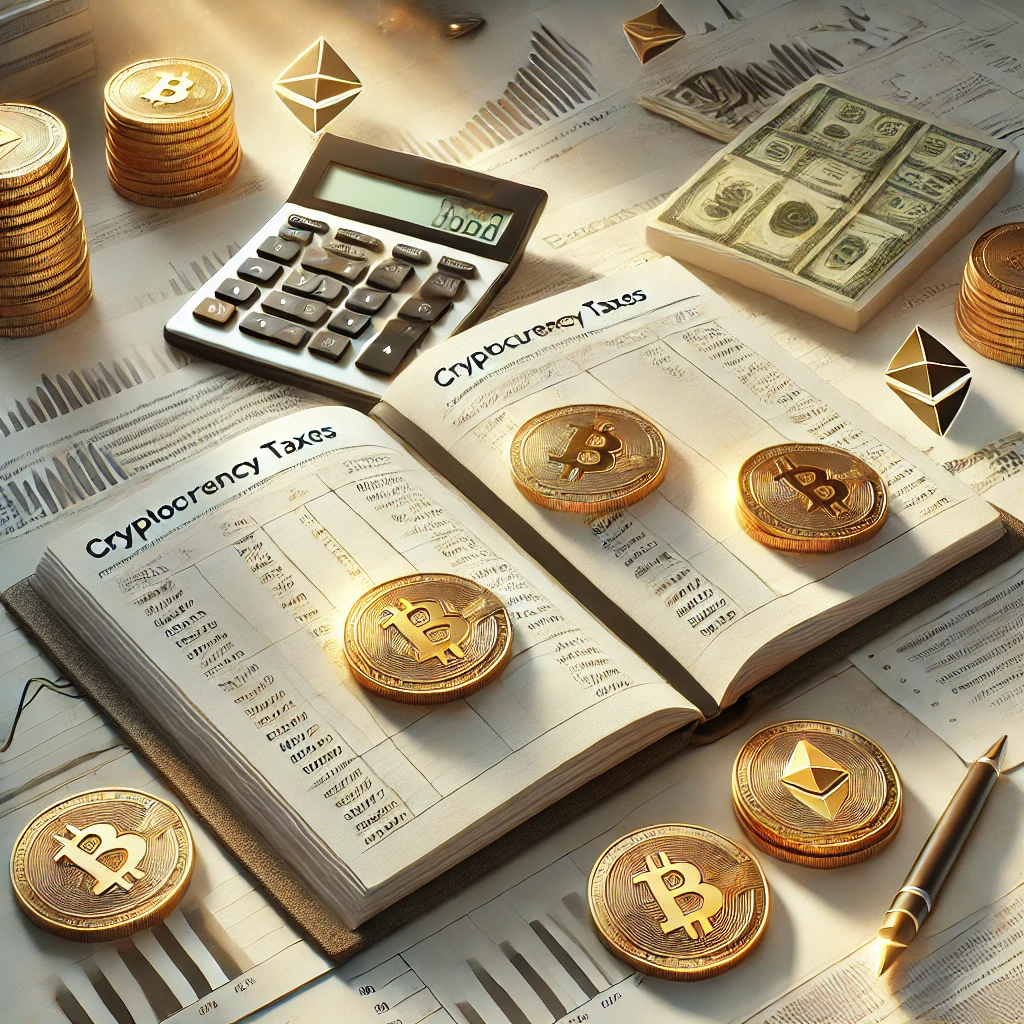Table of Contents:
What is Trading? A Simple Definition for Kids
Trading is like sharing, but with a twist! Imagine you have something you don’t need anymore, like an extra toy or a cool sticker, and your friend has something you really want. Instead of just giving it away, you both agree to swap. That’s trading in its simplest form.
But here’s the fun part: trading isn’t just about swapping stuff. It’s also about making choices. For example, if you have two toys but can only trade one, you need to decide which one is worth giving up. It’s like a little puzzle where you figure out what’s most valuable to you!
Think of trading as a way to solve problems. If you don’t have what you need, trading helps you get it. It’s not just about things either—it can be about helping each other. For instance, if someone helps you with homework and you help them with art, that’s trading skills. Cool, right?
How Does Trading Work? Breaking it Down for Young Minds
Trading works like a fun game where both sides agree on what they want to exchange. It’s all about finding balance—what you give should feel fair compared to what you get. Let’s break it down step by step:
- Start with an Offer: One person decides what they’re willing to trade. For example, “I’ll give you my comic book.”
- Make a Counteroffer: The other person looks at the offer and decides if it’s fair. If not, they might say, “How about two comics for my action figure?”
- Agree on the Trade: Both people discuss until they agree. This is called a deal! Once both are happy, the trade happens.
Sometimes, trading can involve more than two people. Imagine three friends trading toys in a circle—Friend A gives to Friend B, Friend B gives to Friend C, and Friend C gives back to Friend A. This is called a multi-way trade, and it’s a bit like solving a fun puzzle together!
Oh, and here’s a tip: in trading, it’s important to be honest. If you promise something but don’t deliver, the trade doesn’t work. Trust is what makes trading smooth and fair for everyone involved.
Understanding Bartering: Trading Without Money
Bartering is one of the oldest ways people traded, long before money was invented. It’s all about swapping one thing for another without using coins or bills. Imagine this: you have a basket of apples, and your neighbor has some fresh bread. Instead of paying with money, you trade apples for bread. Simple, right?
Here’s how bartering works:
- Find What You Need: You look for someone who has what you want, like bread, and see if they need what you have, like apples.
- Agree on the Value: Both people decide how much is fair. Maybe 5 apples for 1 loaf of bread? It’s all about what feels equal to both sides.
- Make the Swap: Once you agree, you exchange the items. No money involved!
Bartering can be tricky sometimes because not everyone wants what you have. For example, if your neighbor doesn’t like apples, you might need to find someone else to trade with first. This is called indirect bartering, and it can take a bit more effort.
Even though we mostly use money today, bartering still happens in some places. People might trade services, like fixing a bike in exchange for a home-cooked meal. It’s a creative way to help each other without spending a single penny!
Different Types of Trading: Examples Kids Can Relate To
Trading comes in many forms, and kids experience it more often than they might realize! Let’s explore some different types of trading with examples that are easy to understand and fun to imagine.
- Item Swapping: This is the most common type of trading for kids. For example, trading a shiny sticker for a rare trading card during recess. It’s all about finding something you value more than what you’re giving away.
- Skill Trading: Sometimes, trading doesn’t involve objects at all. Imagine helping a friend with math homework, and in return, they teach you how to draw a cool cartoon character. That’s trading skills!
- Group Trading: This happens when multiple people trade together. For instance, three friends might swap toys in a way that everyone gets something they want. Friend A gives a puzzle to Friend B, Friend B gives a book to Friend C, and Friend C gives a board game to Friend A. Everyone wins!
- Creative Trading: Kids often invent their own trading systems. Maybe you and your friends decide that 10 colorful beads are worth one small toy. You create your own “rules” for trading, just like grown-ups do in markets.
These examples show that trading isn’t just about objects—it’s about teamwork, creativity, and understanding what others value. Next time you trade, think about how many different ways you can make it work!
Why Do People Trade? Exploring Everyday Examples
People trade because it helps them get what they need or want, especially when they don’t have everything themselves. Trading makes life easier and more fun, whether it’s between friends, families, or even countries. Let’s look at some everyday examples to see why trading is so important.
- Sharing Resources: Imagine you have extra markers, but your friend has extra paper. By trading, you both get what you need to finish your art project. It’s a win-win!
- Getting Something Unique: Sometimes, people trade to get something they can’t find anywhere else. For example, swapping a toy from another country with a friend who traveled there. It’s like collecting treasures!
- Saving Time or Effort: Let’s say your neighbor grows vegetables, and you bake cookies. Instead of each of you doing both jobs, you trade veggies for cookies. This way, you both save time and enjoy something special.
- Building Friendships: Trading isn’t just about stuff—it’s also about connecting with others. Swapping stickers or trading cards at school can help kids make new friends and share interests.
Trading happens everywhere, from playgrounds to big markets. It’s not just about things; it’s about working together and finding ways to help each other. That’s why trading has been part of human life for so long—it’s all about making life better for everyone involved!
Learning About Professions in Trading: Skilled Trades Explained
When we talk about trading, it’s not just about swapping items or buying and selling. The word "trade" also refers to jobs that require special skills, often called skilled trades. These are professions where people use their hands, tools, and knowledge to create or fix things. Let’s dive into what makes these trades so important and interesting!
Skilled trades are all around us, and they help keep our world running smoothly. Here are some examples:
- Carpenters: They work with wood to build furniture, houses, or even cool treehouses. Imagine how much skill it takes to measure, cut, and assemble pieces perfectly!
- Electricians: These professionals make sure our homes and schools have lights, power, and working gadgets. Without them, no video games or movie nights!
- Chefs: Yes, cooking is a trade too! Chefs use their skills to create delicious meals, mixing flavors like artists use colors.
- Plumbers: When there’s a leaky pipe or a clogged sink, plumbers come to the rescue. They know exactly how to fix water systems.
These trades often involve years of practice and learning. Many skilled workers start as apprentices, which means they learn by working alongside experts. It’s like being a student, but instead of books, they use tools and real-life experience.
So, next time you see someone fixing, building, or creating something amazing, remember—they’re part of the world of skilled trades. Their work is a different kind of trading: they trade their time and expertise to make life better for everyone!
Fun Activities to Teach Kids About Trading at Home
Teaching kids about trading doesn’t have to be boring—it can actually be a lot of fun! By turning learning into games and activities, kids can understand how trading works while enjoying themselves. Here are some creative ideas to try at home:
- Set Up a Pretend Market: Create a mini marketplace with toys, snacks, or handmade crafts. Give each child a few items to “sell” and let them trade with each other. Add some play money to make it even more exciting!
- Sticker or Card Swap Party: Gather a group of kids with their favorite stickers, trading cards, or small collectibles. Let them trade with each other, teaching them how to negotiate and find fair deals.
- Trade Skills for Chores: Turn chores into a trading game. For example, one child might trade “help with dishes” for “help with homework.” It’s a great way to show how trading isn’t just about objects but also about helping each other.
- Bartering Challenge: Give each child a random household item (like a pen or a toy car) and challenge them to trade it for something better. See how far they can go—maybe they’ll end up with something surprising!
- Storytime Trading: Read a story about trading, like one where characters barter goods or solve problems through trade. Afterward, ask kids to come up with their own trading stories.
These activities not only teach kids about trading but also encourage creativity, teamwork, and problem-solving. Plus, they’ll have so much fun, they might not even realize they’re learning something important!
How Animals Trade: Engaging Lessons from Nature
Did you know that humans aren’t the only ones who trade? Animals in nature have their own clever ways of exchanging things, and it’s fascinating to see how they do it. By watching animals, we can learn some pretty cool lessons about trading and teamwork!
- Birds Trading for Love: Some birds, like bowerbirds, collect shiny objects like bottle caps or colorful flowers. They “trade” these treasures to impress potential mates. The better the collection, the more likely they are to win a partner!
- Ants and Aphids: Ants take care of tiny insects called aphids by protecting them from predators. In return, the aphids provide the ants with a sweet liquid called honeydew. It’s a perfect example of a trade where both sides benefit.
- Cleaner Fish and Big Fish: In the ocean, small cleaner fish trade their cleaning services for food. They nibble away dead skin and parasites from larger fish, keeping them healthy, while enjoying a tasty snack in return.
- Primates Sharing Food: Monkeys and apes often trade food or grooming services. For example, one monkey might share a banana in exchange for a good grooming session. It’s their way of building trust and friendships.
These animal trades show that trading isn’t just about stuff—it’s about relationships and survival. Nature teaches us that trading can help everyone involved, whether it’s for food, safety, or even love. Pretty amazing, right?
History of Trading: From Ancient Times to Today
Trading has been a part of human life for thousands of years, shaping how people live, work, and connect with each other. Let’s take a quick journey through the history of trading to see how it all began and how it has changed over time.
Ancient Times: Long before money existed, people relied on bartering. Farmers traded crops like wheat or rice for tools or livestock. For example, a farmer might exchange a bag of grain for a new plow. These trades often happened in local markets or between neighboring villages.
The Rise of Long-Distance Trade: As people began to travel more, they discovered new goods that weren’t available in their own regions. This led to long-distance trading. Merchants would carry spices, silk, and precious metals across deserts and seas. Famous trade routes like the Silk Road connected Asia, Europe, and Africa, making the world feel a little smaller.
The Invention of Money: Around 600 BCE, coins were introduced, making trading much easier. Instead of carrying heavy goods to trade, people could use coins as a universal way to buy and sell. Later, paper money and banknotes made trading even more convenient.
Modern Trading: Today, trading happens on a global scale. People buy and sell goods online, and countries trade resources like oil, technology, and food. Stock markets allow people to trade shares of companies, while digital currencies like Bitcoin are creating new ways to trade in the digital age.
From simple bartering to high-tech global markets, trading has always been about meeting needs and building connections. It’s amazing to think that something as simple as swapping goods has grown into such a powerful force shaping our world!
Simple Resources to Help Kids Learn More About Trading
Learning about trading can be both fun and educational for kids, especially when they have the right tools and resources. Here are some simple and engaging ways to help kids dive deeper into the world of trading:
- Interactive Websites: Platforms like Britannica Kids or National Geographic Kids offer easy-to-understand articles, videos, and games about trading, bartering, and economics. These resources make learning feel like an adventure!
- Books and Stories: Look for children’s books that explain trading through fun stories. For example, books about ancient markets or characters who trade items to solve problems can spark curiosity.
- Trading Games: Board games like Monopoly or card games like Pokémon teach kids how to make decisions, negotiate, and understand value—all while having a blast.
- DIY Activities: Create your own trading scenarios at home. For instance, set up a pretend store where kids can trade items or use play money to “buy” and “sell” goods.
- Videos and Animations: Short educational videos on platforms like YouTube Kids can explain trading concepts with colorful animations and relatable examples.
These resources not only teach kids about trading but also encourage critical thinking, problem-solving, and creativity. By exploring these tools, kids can build a strong foundation for understanding how trading shapes the world around them!
FAQ: Understanding Trading for Kids
What is trading in simple terms?
Trading is the exchange of goods or services between two people. For example, swapping a toy with a friend is a form of trading!
What are some examples of trading for kids?
Common examples include trading stickers, trading cards, or even helping a friend with homework in exchange for learning a fun drawing trick.
How does bartering work?
Bartering is when you trade something you have, like apples, for something you need without using money. It’s one of the oldest ways to trade!
Why do people trade?
People trade to get what they need or want, like resources, services, or unique items. It also helps people share and connect with one another.
What can kids learn from trading?
Trading helps kids understand fairness, decision-making, and the value of items or services. It also promotes teamwork and creativity!












